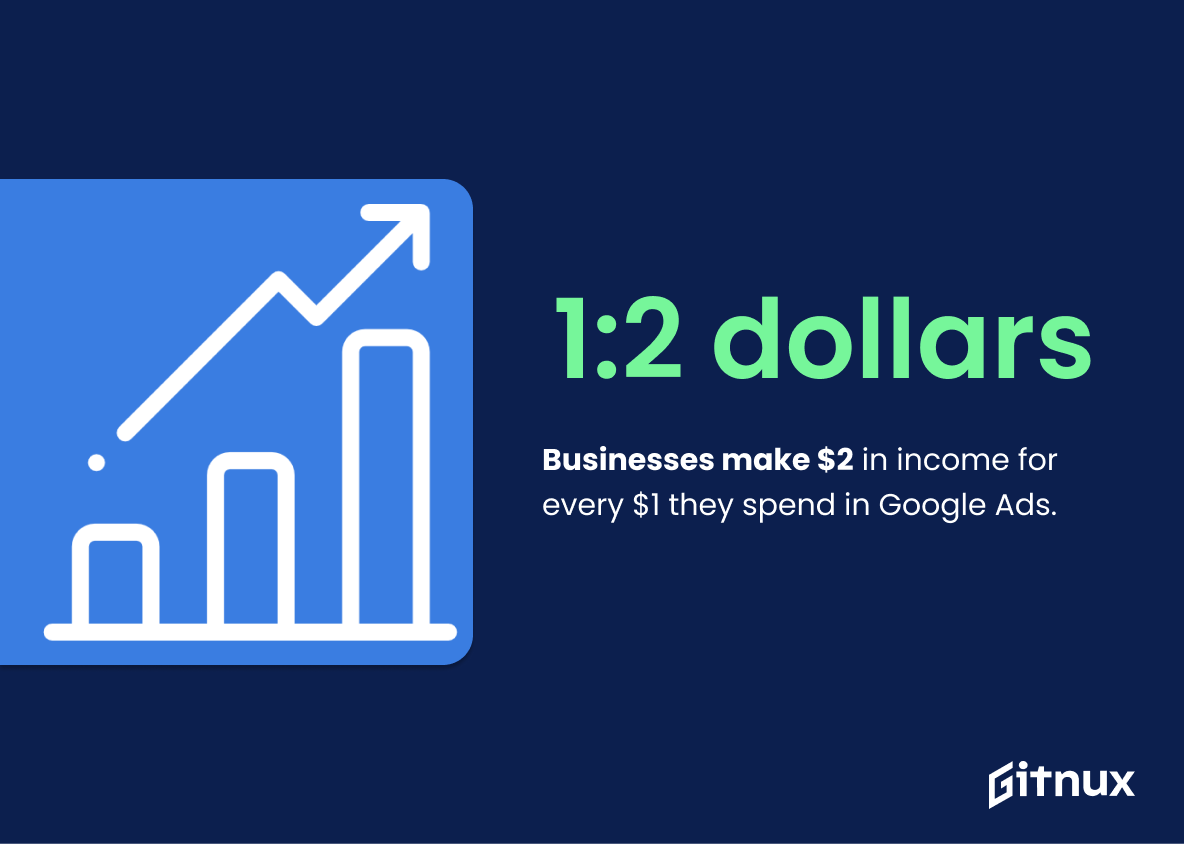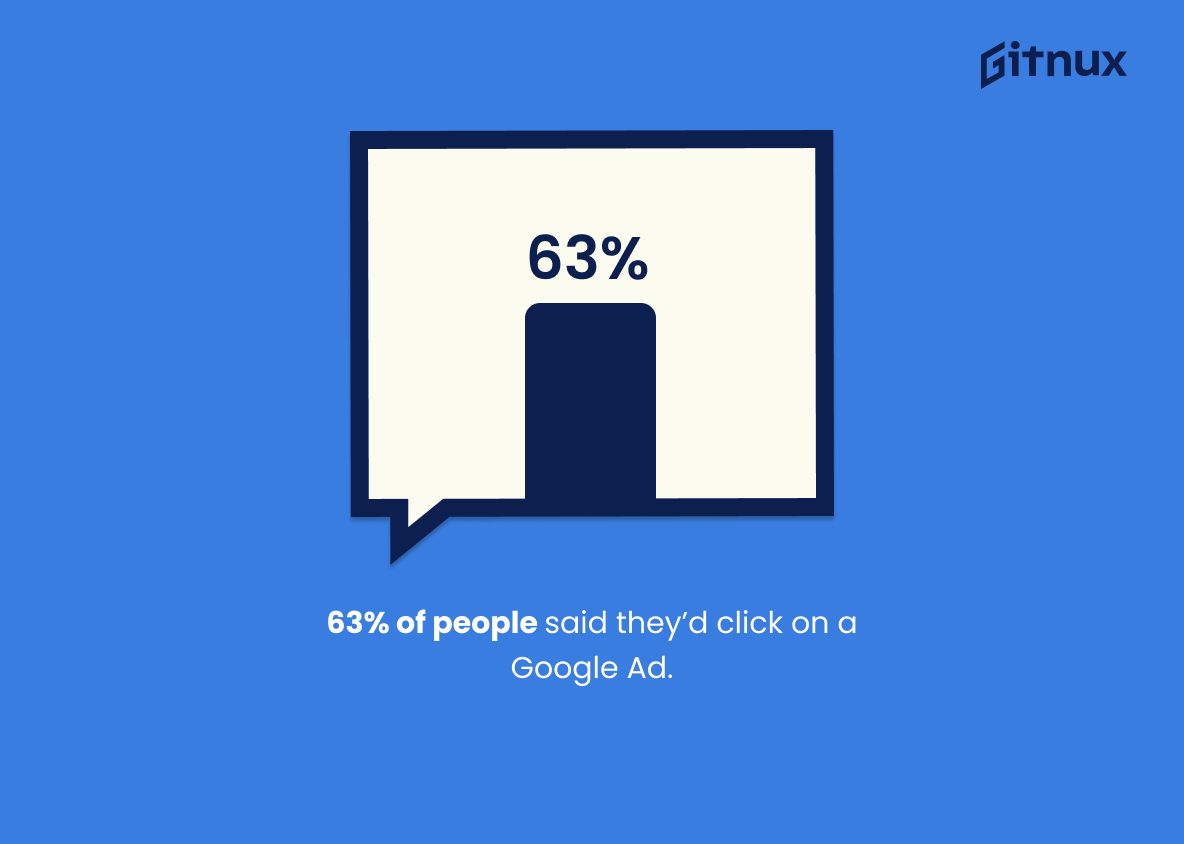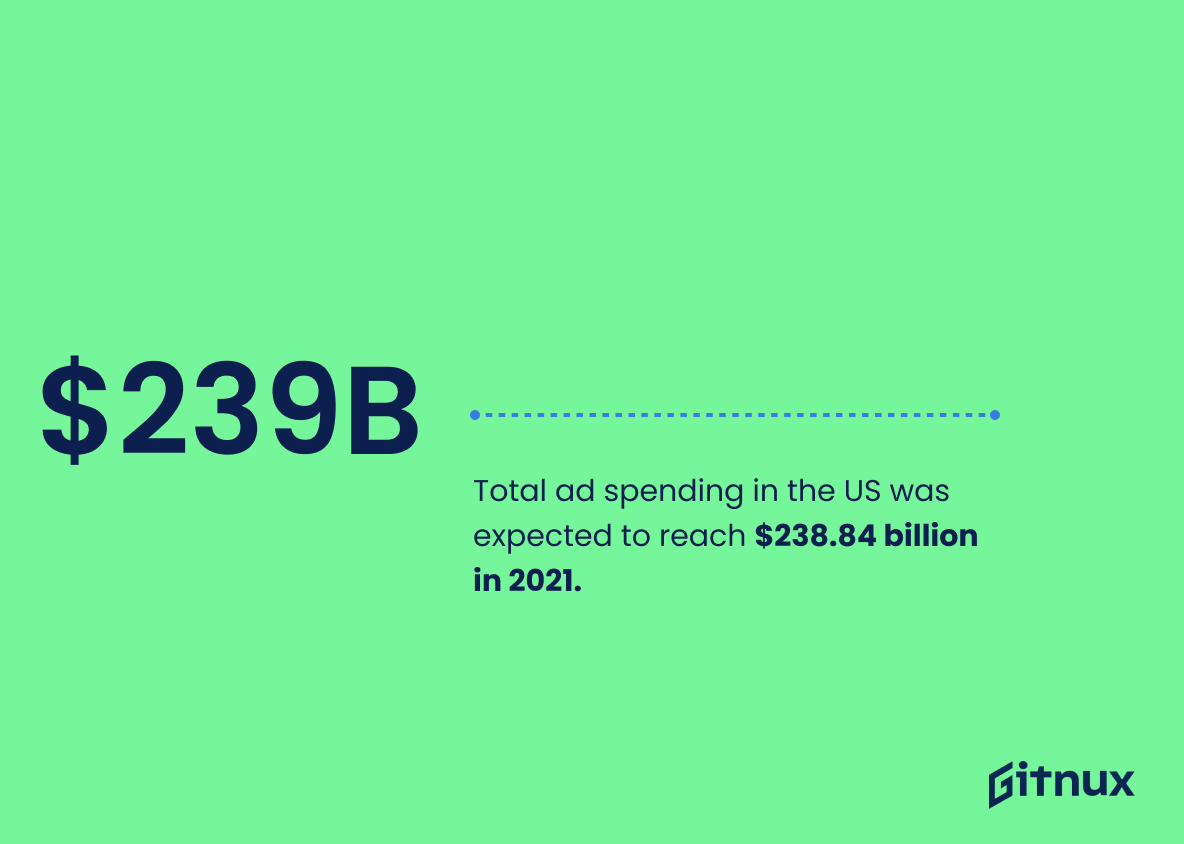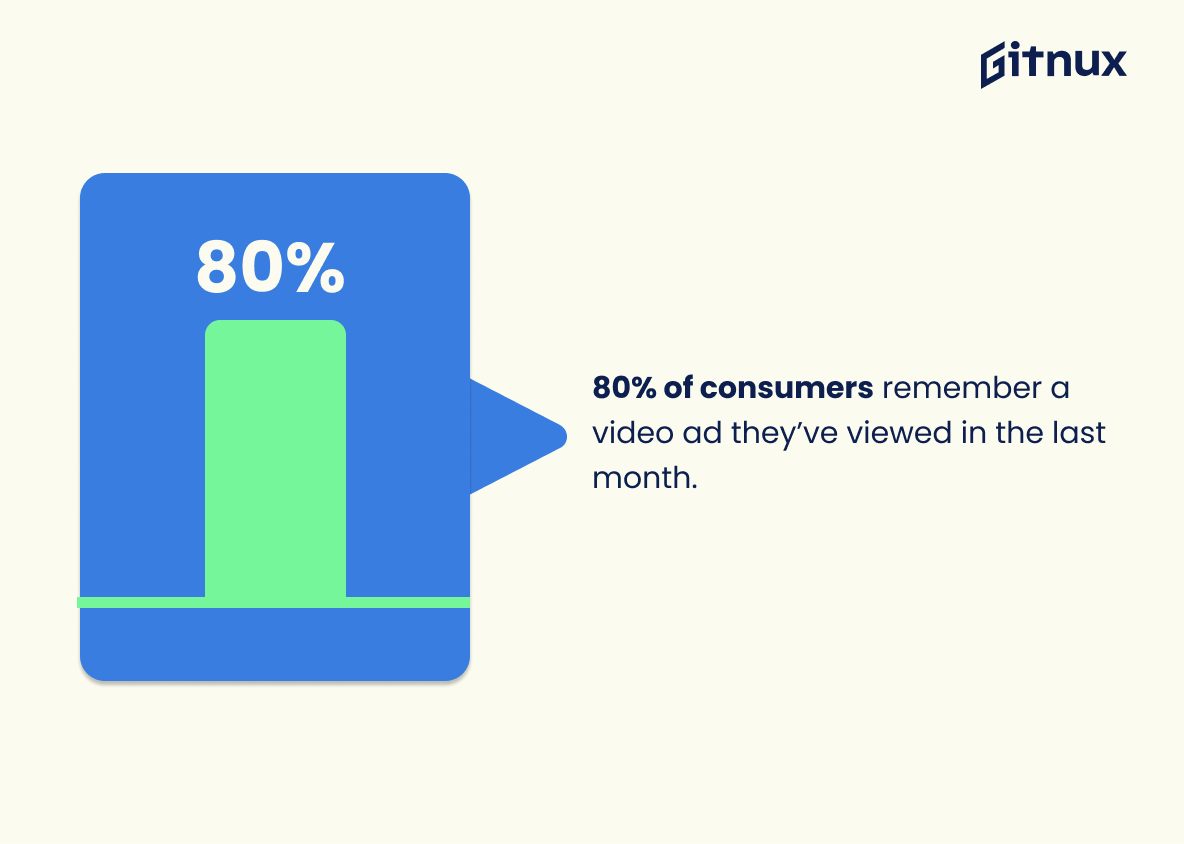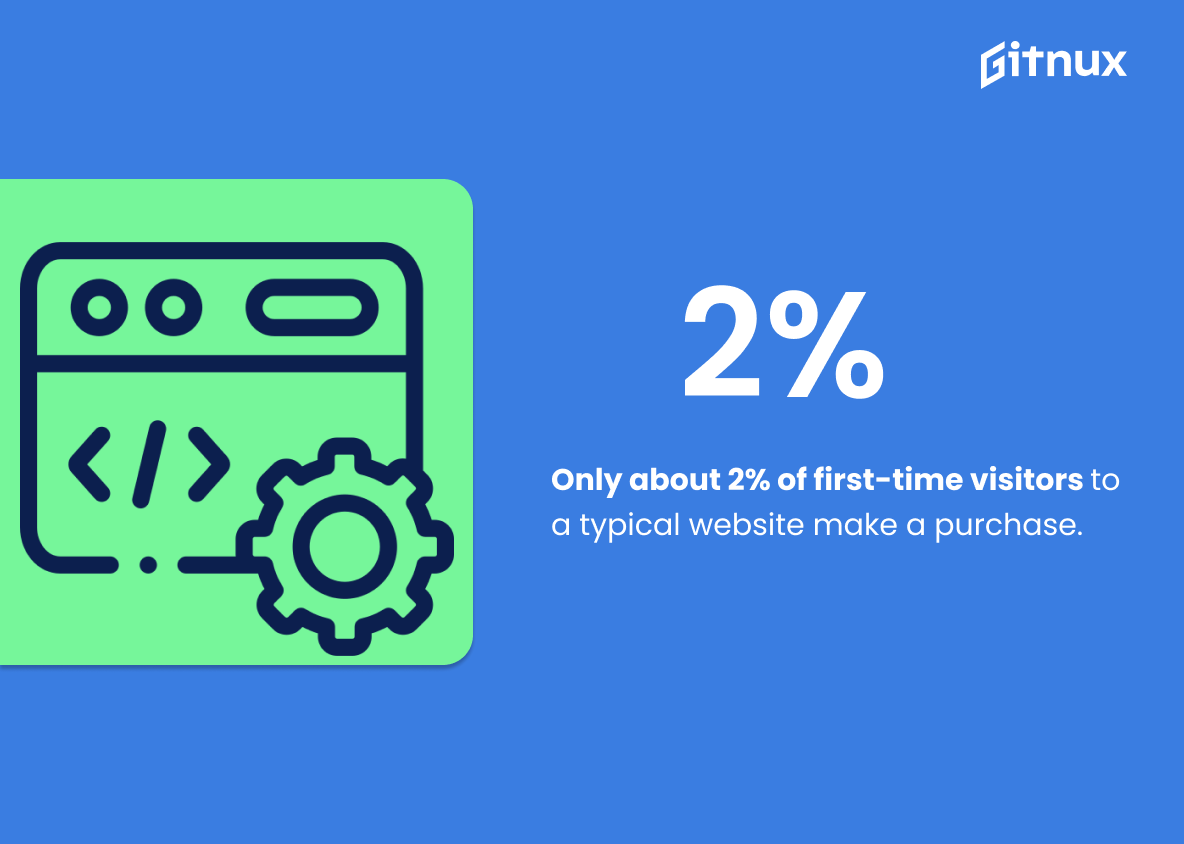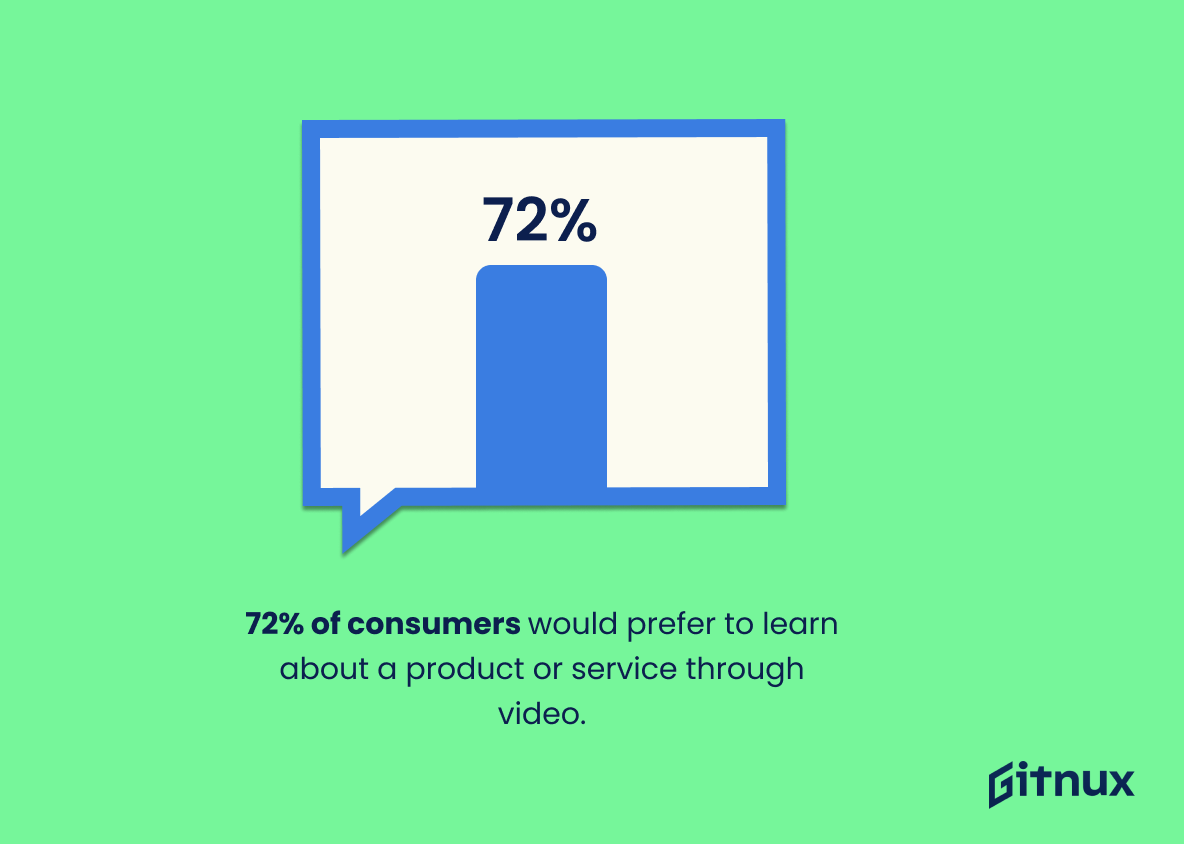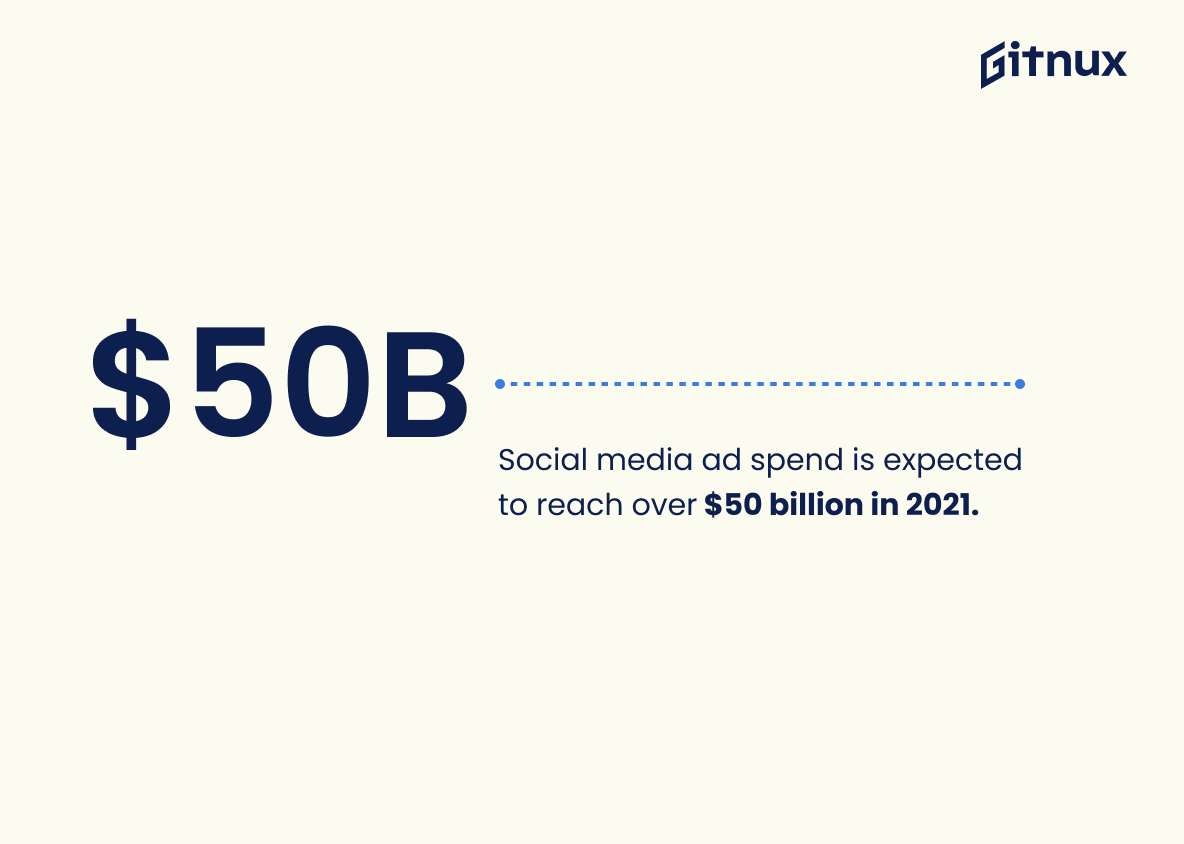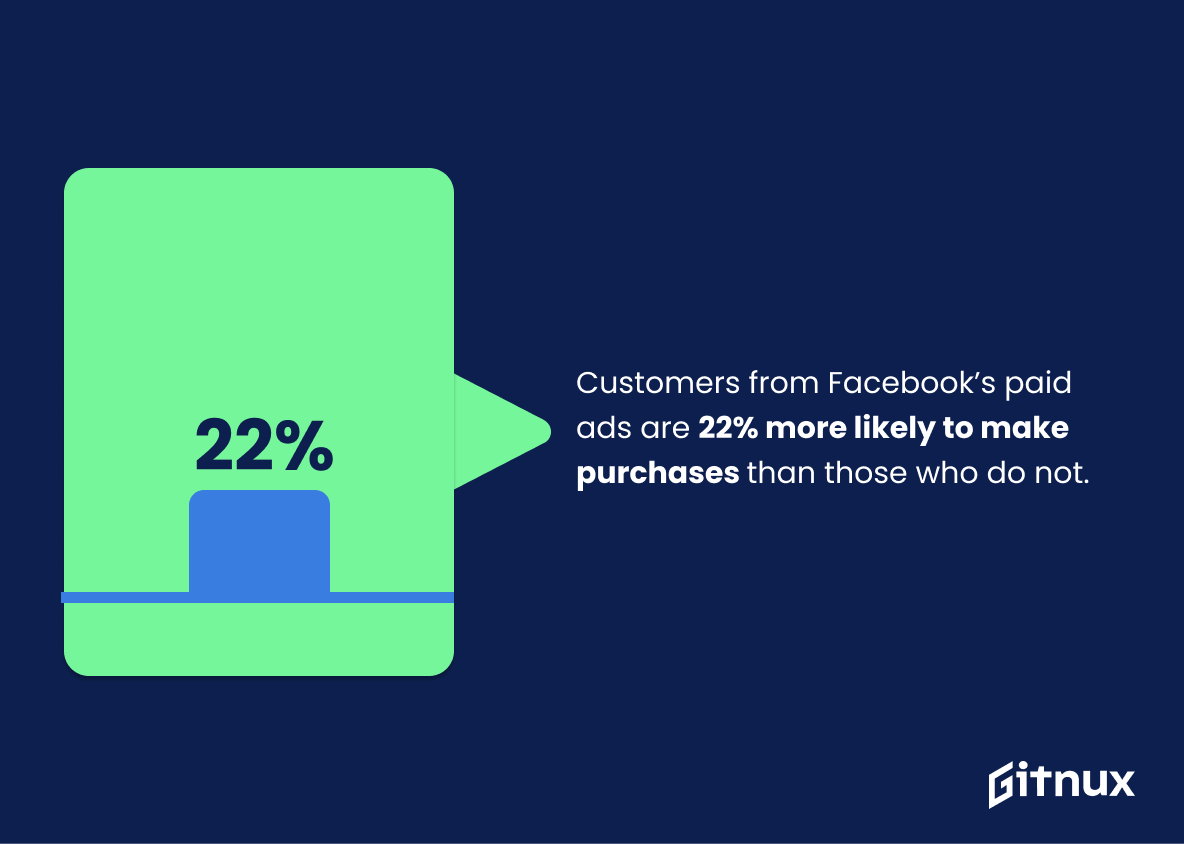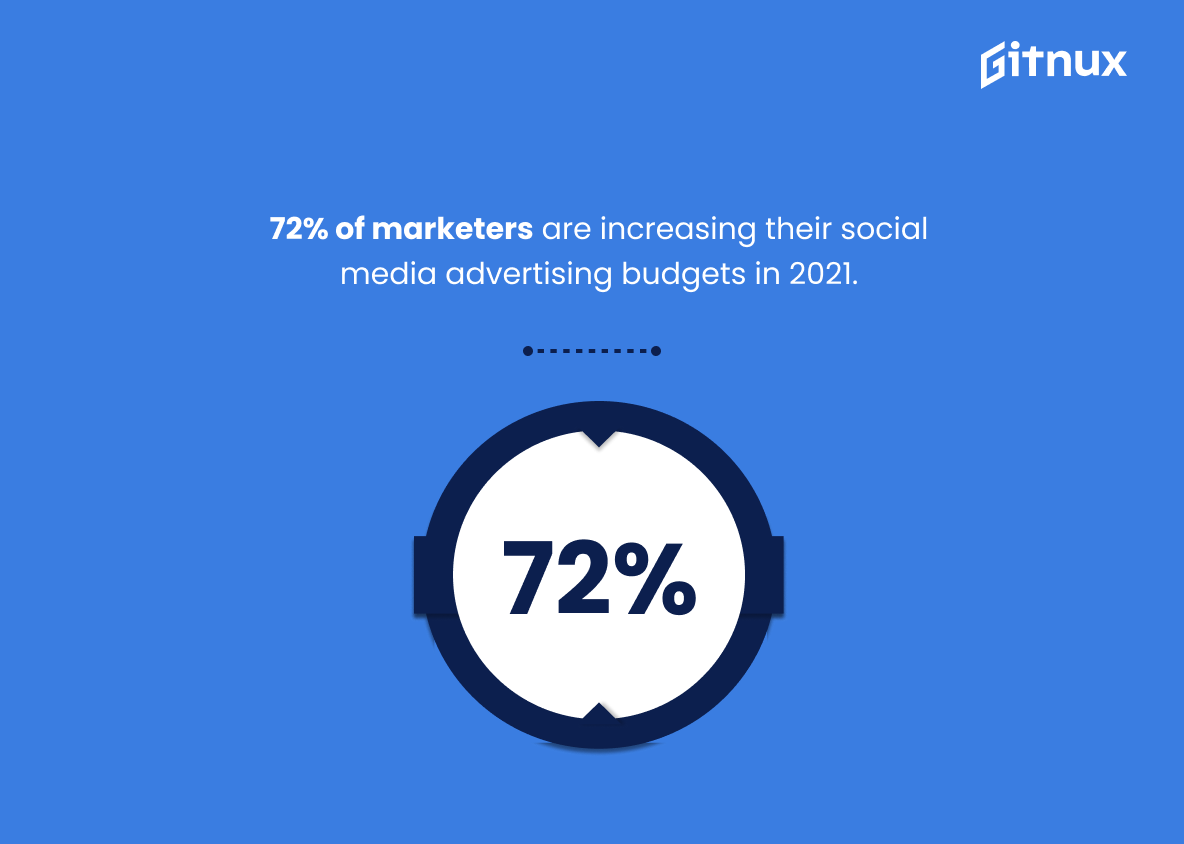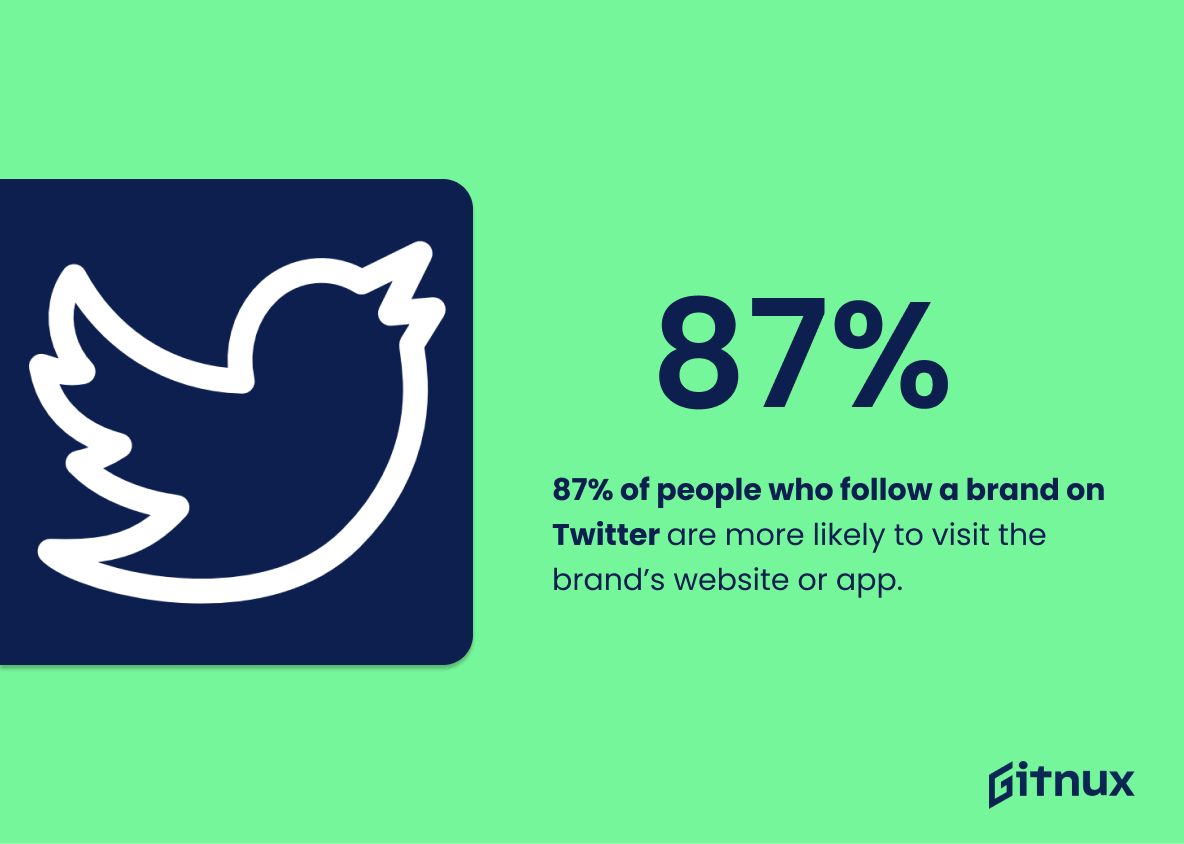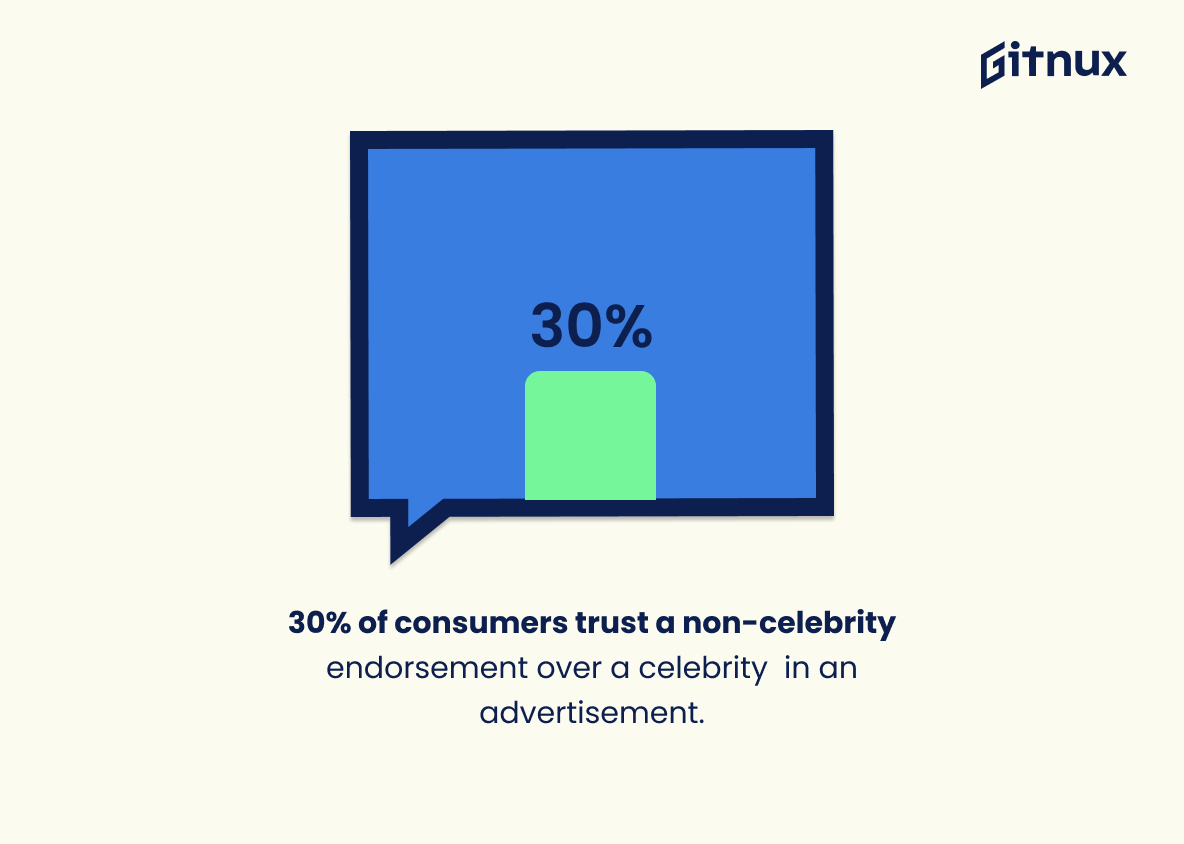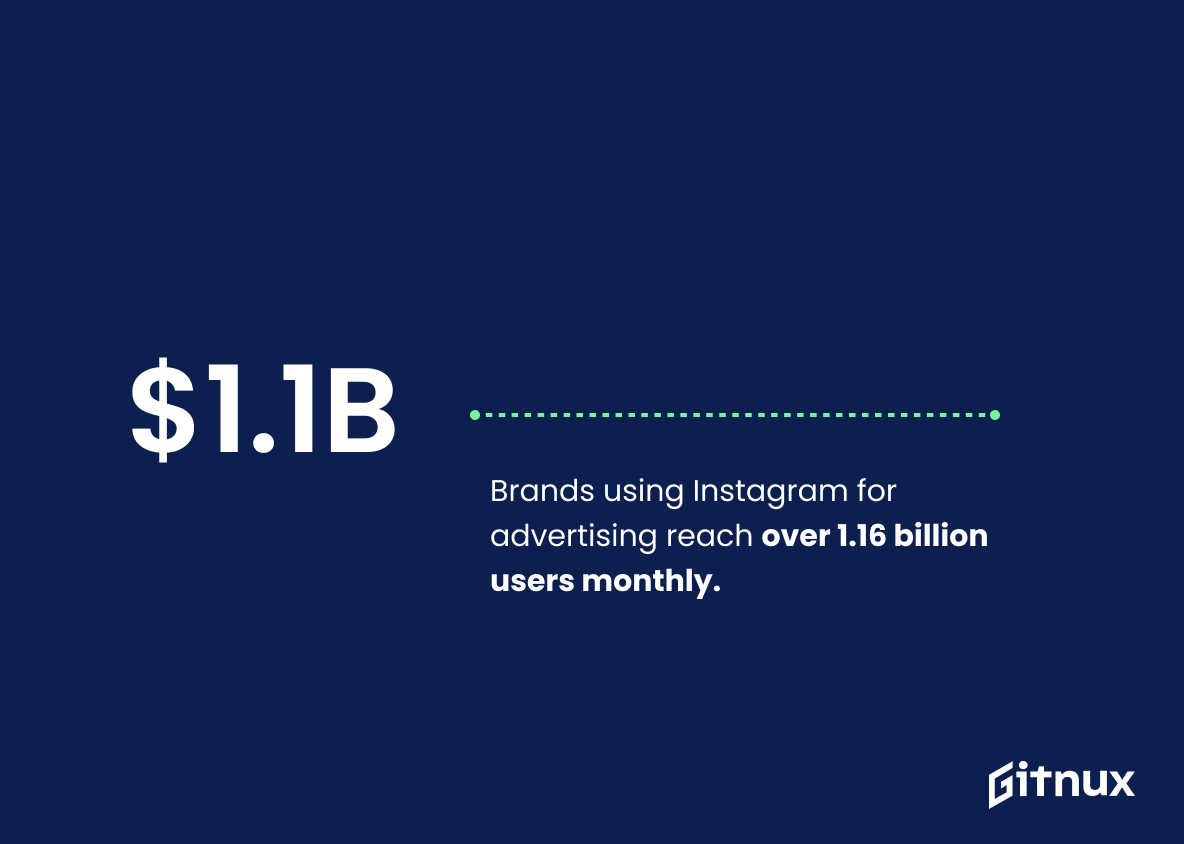Navigating through the ever-evolving landscape of advertising demands data-driven insights, and keeping an organization afloat depends on understanding the power of Advertising Effectiveness Statistics. Whether you’re a tenured marketing pro, a start-up business owner, or a curious consumer who’s keen to understand behind-the-scene market dynamics, the world of advertising statistics unfolds intriguing surprises.
This blog post will plunge into the wellspring of data to delve into key advertising effectiveness statistics, offering you a glimpse into where advertising dollars are being wisely spent, guided by analytics that matter. Stay with us as we dissect the numbers, analyze trends, and extrapolate on predictions – all in an attempt to navigate the intricate maze of boosting advertising efficiency.
The Latest Advertising Effectiveness Statistics Unveiled
On average, businesses make $2 in income for every $1 they spend in Google Ads.
In a universe where businesses constantly grapple with uncertainties surrounding the return on investment from their advertising activities, the data which shows that businesses reap $2 in income for every $1 spent on Google Ads, serves as an oasis of certainty. This statistic propels Google Ads to an eminent position, defining it as an effective and efficient advertising medium.
Through the strategic viewfinder of a blog post on Advertising Effectiveness, this statistic becomes a compelling force. It paints a vivid picture of the superior edge businesses can gain, bridging the gap between expenses and expected income. Thus, readers are likely to perceive the leveraging power of Google Ads, perhaps leading to more strategic ad spending, smarter marketing decisions and ultimately, maximizing profitability. This underlines the profound relevance of this statistic in a discourse centered around Advertising Effectiveness.
63% of people said they’d click on a Google Ad.
Dwelling deep into the mystique of Advertising Effectiveness Statistics, the fact that 63% of individuals professed their propensity to click on a Google Ad paints a vibrant picture. It’s as if almost two-thirds of the online populace hold an innate curiosity, a virtual magnetism, towards Google Ads. For digital marketers, content creators, and business strategists crafting their online battleship, it’s a war-call summoning them to invigorate more investment into Google Ads.
In the labyrinth of digital advertising, this percentage acts as a compass, providing direction towards a proven pathway, ridden with potential customer interaction. So, the next time an online ad campaign is being cooked in the strategic kitchen, a generous sprinkle of Google Ads can work as a perfect recipe for success. In essence, this statistic stands as a robust testimony to the robustness and potential of Google Ads in navigating the choppy waters of Internet marketing.
Total ad spending in the US was expected to reach $238.84 billion in 2021.
Painting a broader picture of advertising effectiveness, we venture into the mammoth figure of US ad spending – an impressive $238.84 billion forecasted for 2021. As impressive as this amount is, it does more than just stagger the mind; it underscores the absolute confidence businesses have in advertising’s power. It shows advertisers’ unshakeable belief in the medium’s potential to effectively reach and persuade audiences, thus driving sales.
Furthermore, this colossal sum serves as a testament to the continuously evolving industry, marked by unyielding innovation and novel strategies. Collectively, the expanding budget provides a quantifiable measure of advertising’s perceived impact, thereby reinforcing the relevance of other Advertising Effectiveness Statistics in the ecosystem.
80% of consumers remember a video ad they’ve viewed in the last month.
Delving into the realm of advertising effectiveness statistics, the percentage of consumers recalling a video ad in the recent past curates a unique picture, promising fertile grounds for marketers. Experienced as an impactful visual and auditory experience, video advertisements naturally engage consumers more than static content, thus leading to heightened brand recall.
The fact that 80% of consumers retain a video advertisement they’ve seen within a month paints a compelling tableau. This suggests not only the engaging charm of moving visuals but also firmly establishes the potency of video as a powerful advertising medium. Therefore, in the grand landscape of advertisement decision-making, this gem of a statistic could tip the scales in favor of video content, influencing strategies and reaching customers more effectively.
On average, every dollar spent on email marketing generates $38 of revenue.
Weaving this statistic into the tapestry of advertising effectiveness cranks up the notch on the significance of email marketing. Imagine this, you casually toss a dollar into the email marketing wishing well and voila. In return, you unswervingly pull out a hefty $38. It’s the metaphorical equivalent of having your cake and eating it too, but much better. This magic multiplication power of email marketing underlines its potential as one of the most cost-effective avenues in advertising.
It’s a not-so-hidden gem that insists to be included in any marketer’s toolkit, boosting the revenue while demanding a relatively small investment. Isn’t that the dream of every advertiser? An enticing picture of profitability and efficiency, illustrated perfectly through this statistic.
Only about 2% of first-time visitors to a typical website make a purchase.
Painting the digital landscape, we find a remarkable statistic: a scant 2% of first-time visitors to a typical website finalize a purchase. Why should this be a critical discussion point in a blog post centered on advertising effectiveness statistics, you ask?
Well, imagine every first-time visitor as an untapped gold mine brimming with potential. It emphasizes that reaching out to fresh audience means far more than just a fleeting ‘hello’. It underscores the crux of efficient advertising, inviting us to invest energy not merely in the broad sweep of traffic generation but also the intricate dance of conversion optimization.
This 2% figure might seem off-putting; however, it is more of a proverbial wake-up call. It tightens the lens on the reality of the digital marketplace where engagement, building trust, and providing real value ascend to paramount importance over simple visitor count. It essentially acts as our north star in the vast constellation of advertising data, steering strategy development towards enhancing customer experience and, consequently, purchase probability.
72% of consumers would prefer to learn about a product or service through video.
In the realm of advertising effectiveness, the proclamation that ‘72% of consumers prefer to learn about a product or service through video’ serves as an illuminating lighthouse guiding marketers through the rough seas of decision making. Envisage the video as a magical gate that unrolls a vast majority of consumers’ learning inclinations. These dynamic, visually-appealing media elements not only speak in the universally understood language of visuals, but also foster an engaging platform for brands to showcase their offerings.
By encompassing the aforementioned statistic into advertising strategies, marketers stand a golden chance of enriching their connection with contemporary consumers who are more endeared to learning through videos rather than the traditional mediums. So, this statistic offers a golden slipper fitting perfectly into the marketing shoe, and thereby presenting an opportunity to step ahead with conviction in the competitive market race.
Social media ad spend is expected to reach over $50 billion in 2021.
In our digital era, dipping your toes in the vast ocean of advertising effectiveness, a striking revelation awaits you: the projected marvel of social media ad spend crossing a staggering $50 billion mark in 2021. This surging wave doesn’t just denote a number, it encapsulates an untold tale of evolving advertising strategies.
The crescendo of the expenditure underlines the inherent power of social media platforms and their irreplaceable role in branding and product promotion. This narrative emphasizes how businesses, big or small, are transitioning from traditional advertising routes to the vibrant, ever-engaging cosmos of social media. It’s a testament to the undeniable reach, real-time feedback, and granulated audience targeting that social media channels uniquely provide.
As you navigate the waters of advertising statistics further, this figure lends perspective to the increasing trust and monetary investment businesses are bestowing in the abilities of social media to connect, convert, and create loyal customers. Therefore, when casting the net of effective advertising strategies, dismissing the social media platforms could mean missing a burgeoning population of potential customers, thus rendering any such strategy incomplete. Surely, no one wants to sail against this tide.
Customers from Facebook’s paid ads are 22% more likely to make purchases than those who do not.
A vivid illustration of the power of Facebook’s paid ads can be mapped out with the stark revelation that a 22% uplift in purchases is seen among those targeted by these ads, versus those who aren’t. As we tackle the labyrinth of advertising effectiveness statistics, this particular number shines a light on the potential inherent in carefully strategized social media ad campaigns.
A blog delving into this area would benefit from addressing this statistic, as it manifests the tangible impact of a well-curated Facebook ad, beckoning to readers who are thirsty for evidence of advertising strategies that truly convert. This data point, after all, doesn’t just reflect a number, but the countless consumers whose behavior was shifted by a cleverly placed ad, and the businesses that benefited from it. The inclusion of such statistics goes to enhance our understanding of the different aspects that make up an effective advertising strategy.
Instagram mobile ad revenue is expected to reach $15 billion by the end of the year.
This staggering projection regarding Instagram’s mobile ad revenue potential serves as a compelling testament to the power and influence of social media advertising in today’s digital age. The impending $15 billion threshold foreshadows the immense potential for businesses to tap into, painting a picture of a landscape where digital advertising, particularly on mobile platforms, is not merely an optional strategy but an integral part of business growth.
Moreover, it underscores the ever-evolving consumer behavior and preference for mobile consumption, signaling an imperative for advertisers to optimize their strategies for this highly engaged audience. In other words, this statistic accentuates the fruitful marriage between Instagram and effective advertising, showing a future filled with profitable possibilities for those who dare to innovate and invest in this space.
Ad words account for 97% of Google’s revenue.
Advertisers, take note. Pondering where your ad spend should go? Let Google’s revenue model guide you. An eye-popping 97% of Google’s earnings come from AdWords. This speaks volumes about the significance of Google as an advertising platform. But it’s not just about Google raking in the cash. Behind this lucrative statistic, lies a tale of countless businesses harnessing the power, reach, and precision targeting capabilities of AdWords for their benefit. If you’re seeking to maximize advertising effectiveness, who can afford to ignore where almost all of Google’s profit originates?
Ads in LinkedIn’s feed can reach up to 663 million users.
Highlighting the expansive reach of LinkedIn’s feed, which has the potential to be seen by millions upon millions of viewers, provides raw power to your advertising efforts. When exploring the landscape of Advertising Effectiveness Statistics, such an impressive number underscores the immense potential that LinkedIn holds as an advertising platform.
With up to 663 million users at your fingertips, the possibilities are vast for advertisers to expand their brand awareness, launch new products, or establish a strong market presence. Simply put, it’s like having a mega-billboard in the busiest part of the digital world – an undeniable tool in creating effective advertising strategies.
Mobile devices make up 53% of paid search clicks.
Diving into the world of Advertising Effectiveness Statistics, the figure that mobile devices constitute 53% of paid search clicks takes center stage. This considerable percentage is a flashing neon sign to advertisers pointing the way towards a potential gold mine. It underlines the pivotal role mobile devices play in the consumer’s journey, suggesting that businesses might need to shift their focus from traditional platforms and allocate more resources towards mobile advertising.
The number is more than just a figure. It’s a voice of the modern-day consumer that’s louder and clearer than ever, urging advertisers to embrace mobile devices, as they have. It’s a call for creating more engaging and mobile-friendly advertisements, and a reminder that a successful online marketing strategy in today’s digital age is incomplete without significant consideration towards mobile advertising. This figure isn’t just insightful; it’s instrumental in shaping the future of advertising.
72% of marketers are increasing their social media advertising budgets in 2021.
In the rapidly evolving landscape of advertising, the statistic that ‘72% of marketers are increasing their social media advertising budgets in 2021’ acts as a compass that directs our attention to the potential power and increasing relevance of social media advertising. By harnessing this insight, advertisers can recalibrate their strategies, investing more into social media channels to optimise their return on investment and outreach.
This showcases a shift in the marketing industry, underlining the necessity of staying up-to-date with the latest trends to thrive in the competitive ad-pitching world. Therefore, these figures serve as the beacon guiding us through the foggy territories of marketing investments in our quest for optimized advertising effectiveness.
87% of people who follow a brand on Twitter are more likely to visit the brand’s website or app.
Delving into the depths of advertising effectiveness statistics reveals an intriguing facet – a substantial 87% of Twitter followers tend to visit their chosen brand’s website or app. This figure isn’t just a mere number; it’s a testament to the persuasive power of social media presence. It illuminates how Twitter can serve as a dynamic billboard, drawing followers in with 280 character teasers, compelling them to come and unravel what lies behind the scenes on the brand’s website or app.
This significant chunk of visitor traffic offers brands an opportunity to convert potential interest into definitive action, like a purchase or subscription. It is an objective validation that robust and engaging Twitter activity can boost a brand’s visibility, site visits and, consequently, the bottom line. In the terrain of advertising effectiveness, it’s safe to say Twitter evidently operates as more than a communication tool—it’s a brand magnet.
30% of consumers trust a non-celebrity endorsement over a celebrity endorsement in an advertisement.
Functioning as a vibrant splash of color on an otherwise monotonous tableau, this statistic uncovers a peculiar and fascinating shift in advertising trends. The intriguing revelation that 30% of consumers lean towards non-celebrity endorsements over their star-studded counterparts in advertisements tugs at the seismic shift in consumers’ trust and preferences. Positioned within a blog post about Advertising Effectiveness Statistics, this pearl of wisdom contributes to a larger tapestry of evolving attitudes towards celebrity influences.
Painting a unique picture, this statistic could lead advertisers to reassess their strategy and invest more in relatable, “real-life” testimonials and endorsements. This percentage not only hints at consumer wariness towards celebrity endorsements, perceived perhaps as disingenuous or merely transactional, but also underscores the potential power and appeal lying within more authentic, non-celebrity ad campaigns. It’s akin to putting on X-ray glasses, giving us a closer look at the changing psychological landscape of the consumer mind and directing advertising efforts towards the path of relevancy and credibility rather than pure glamour.
Banner ads have the lowest click-through rate of any form of online advertising at 0.06%.
Casting a glance at this 0.06% figure, one can’t help but perceive the dim luster of banner ads in the vast panorama of online advertising. The minuscule click-through rate signals their struggle to captivate users, which is a critical dimension of consideration when crafting an online marketing strategy.
This statistic serves as an icy wake-up call for marketers entrusting the majority of their resources to banner ads, potentially prompting them to shuffle their advertising deck or find innovative ways to bolster the effectiveness of those ads. In an advertising effectiveness discourse such as this one, acknowledging the meager performance of banner ads thus arms the marketer with valuable insights to optimize their decision-making and churn out more successful campaigns.
Roughly 20% of consumers will unfollow a brand on social platforms if their content is too salesy.
A dive into the world of Advertising Effectiveness Statistics unveils intriguing insights and this particular statistic stands out like an unsolved puzzle. Picture this – about one in five consumers will bid adieu to a brand’s social platform presence not because they don’t like the product, but because of its ‘too salesy’ content angle.
Selling is indeed important but overselling? That appears to be the Achilles’ heel, the stealthy, silent bubble-burster in the dynamics of consumer-brand relationships. A brand’s overzealous approach in promoting their products can paradoxically induce negativity, with a staggering 20% of audience opting to disappear from their social radar.
With an added sense of urgency from this revelation, the skillful balancing between informative, entertaining content and just the right degree of promotional intent becomes crucial. It underscores the importance of understanding consumer behavior and tailoring content that not to oversteps into their comfort zone. An intriguing puzzle indeed, but one that defines the modern tussle in capturing consumer attention, loyalty and ultimately, the economics of effective advertising.
Brands using Instagram for advertising reach over 1.16 billion users monthly.
Imagine casting a net into an ocean teeming with over 1.16 billion fish – that’s the potential reach Instagram advertising offers brands every month. In the ever-evolving world of advertising effectiveness, harnessing this tremendous volume of audience can significantly drive brand visibility and customer conversion.
The statistics bolsters the undeniable role of Instagram as a marketing behemoth in the digital arena, a platform essentially transforming how brands connect with their target consumers. Anchoring your brand’s presence here can potentially open gates to the extensive, thriving Instagram community – an enticing promise for those looking to boost their advertising success.
Conclusion
Understanding advertising effectiveness statistics not only guides successful marketing strategy, but also drives business growth and competitive advantage. These metrics showcase the viability of various platforms, the significance of personalization, and the power of video and mobile advertising. The rapid evolution in technology and customer behavior further emphasizes the need to stay updated on these statistics.
Armed with this information, businesses can craft more engaging, effective campaigns, achieve better conversion rates, and realise greater returns on their advertising investments. Above all, these statistics underscore the reality that advertising, when properly executed, can indeed be a game changer. Therefore, mastering the ins and outs of these statistics should be a priority in any solid advertising plan.
References
0. – https://www.www.campaignmonitor.com
1. – https://www.www.webfx.com
2. – https://www.www.acquisio.com
3. – https://www.sleeknote.com
4. – https://www.99firms.com
5. – https://www.blog.hootsuite.com
6. – https://www.www.singlegrain.com
7. – https://www.sproutsocial.com
8. – https://www.blog.hubspot.com
9. – https://www.www.statista.com
10. – https://www.buffer.com
11. – https://www.www.wordstream.com
12. – https://www.foundationinc.co
13. – https://www.www.disruptiveadvertising.com
14. – https://www.www.performics.com
15. – https://www.www.bigcommerce.com
16. – https://www.www.emarketer.com
17. – https://www.www.powertraffick.com
